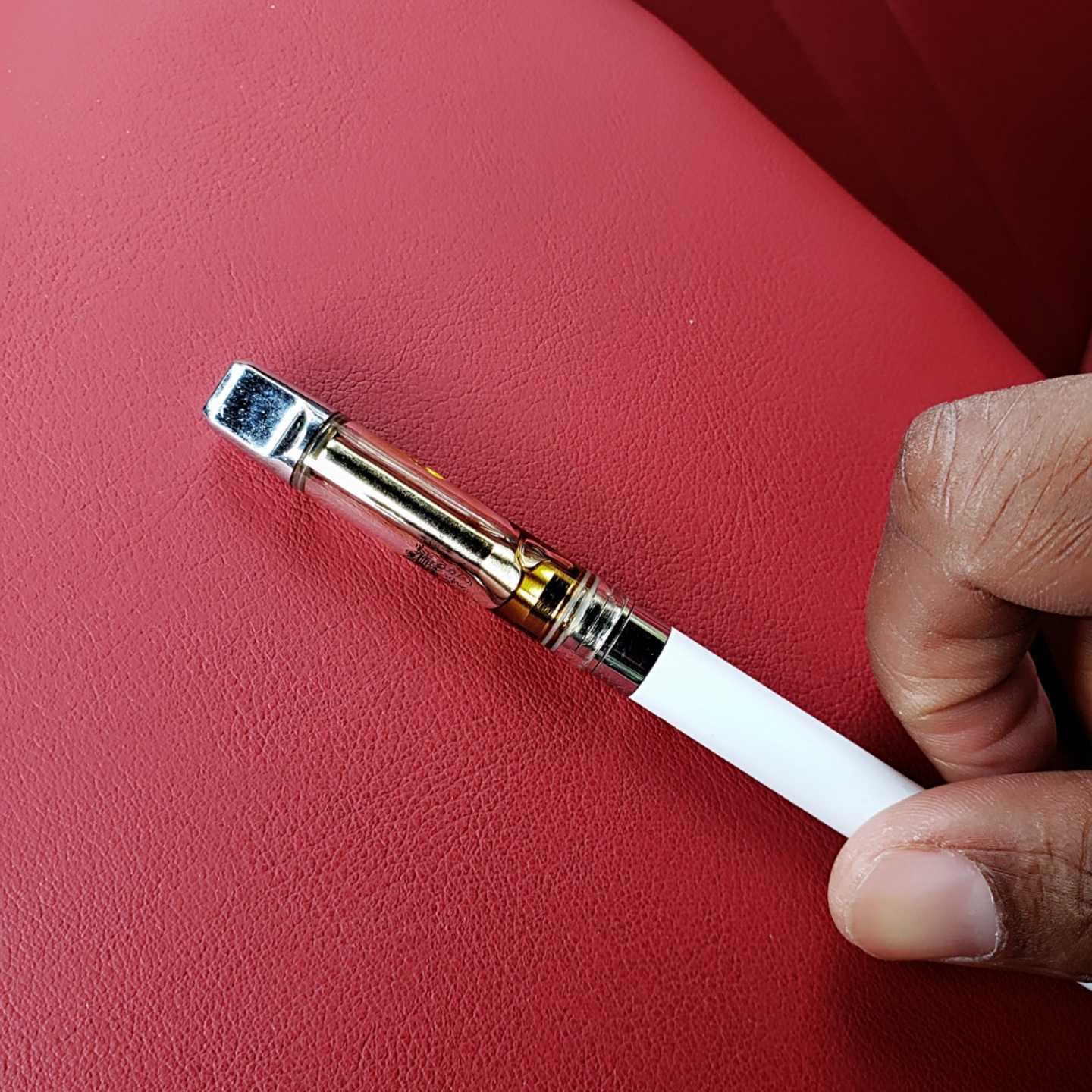You might have heard that vaping, and the many promises it brings, is the best alternative to regular smoking currently available on the market. In reality, they are entirely more similar than you would initially be led to believe.
Vaping is viewed as being ‘safer’ and less hazardous for the sole reason that it relies on heating the liquid substances inside the electronic cigarette or vape pen, with the subsequent release of inhalable vapors.
This is chemically different from the nicotine-filled smoke of a tobacco cigarette, and, supposedly, quite less harmful for the human body. However, vaping can have just as severe consequences as the regular consumption of tobacco. In some cases, it can cause even greater health hazards.
Popcorn Lung
One of the most common illnesses related to vaping, bronchiolitis obliterans, commonly known as ‘Popcorn Lung,’ is caused by its flavoring liquid – a chemical called diacetyl.
The lung disease gets its moniker from its preponderance in microwave popcorn plants and factories, where diacetyl was used as a flavoring additive, and its mass inhalation caused a significant spike in cases that could not be linked to anything else beyond the chemical itself.
This buttery-scented compound, oftentimes found in vape flavors such as vanilla, coconut, and many others, can cause vape users who inhale it severe long-term health problems. Seeing as vape flavors are usually quite sweet and fruity, the younger generations are especially susceptible to their consumption, and to the risks of developing Popcorn Lung
Besides wheezing, headaches, and fevers, a stark symptom of Popcorn Lung is a persistent dry cough that is virtually incurable and can only be kept under minimal damages through serious medication, such as antibiotics or pills that reduce lung inflammation.
Lung Cancer
While tobacco has been proven time and time again as a direct country-wide cause of lung cancer, some of the chemicals that are present in e-cigarette vapors have also been shown to be linked to traces of lung cancer in the general American population.
On a UK carcinogen study that has been undergone last year, a large number of mice were exposed to nicotine-filled smoke, vapor without nicotine, and regularly filtered air. The studies showed that 9 out of the 40 mice that were exposed to e-cigarette smoke developed lung tumors. None of the nicotine-free batch of mice developed any lung tumors.
The inherent connection that vaping has with lung cancer invariably link e-cigarette and vape pen manufacturers to legal issues of personal injury law.
Because the majority of the brand promotion that is done around vaping is promised as a safe and carcinogen-free, it is your right as a customer, that, should you or a loved one come to suffer from lung cancer post-vapor exposure, you should seek out immediate legal aid. Especially if the victim is underage.
A lung cancer lawyer is able to provide you with all the necessary legal counsel that you require. Through their expertise, you should have all the necessary tools to receive the emotional and monetary compensation that you are entitled to receive, having been victimized by a product that assured you safety, and provided you with illness.
What Is Next for Vaping?
With the PMTA deadline coming up on the 9th of September, the world of vaping and electronic cigarettes will be changed forever.
The FDA’s newly imposed regulations will result in a large number of manufactures being forced to pull their products from the market, albeit gradually. This means that, if you rely on a certain brand or flavor for your current vaping needs, be prepared for the changes that are about to take place.
Just like with the menthol cigarette ban throughout the majority of Europe this past spring, this change will reshape the smoker population of the US from the ground up. It remains to be seen how everyone will adapt to such a significant change in future consumer behavior.
AUTHOR: Kyle Hambright






